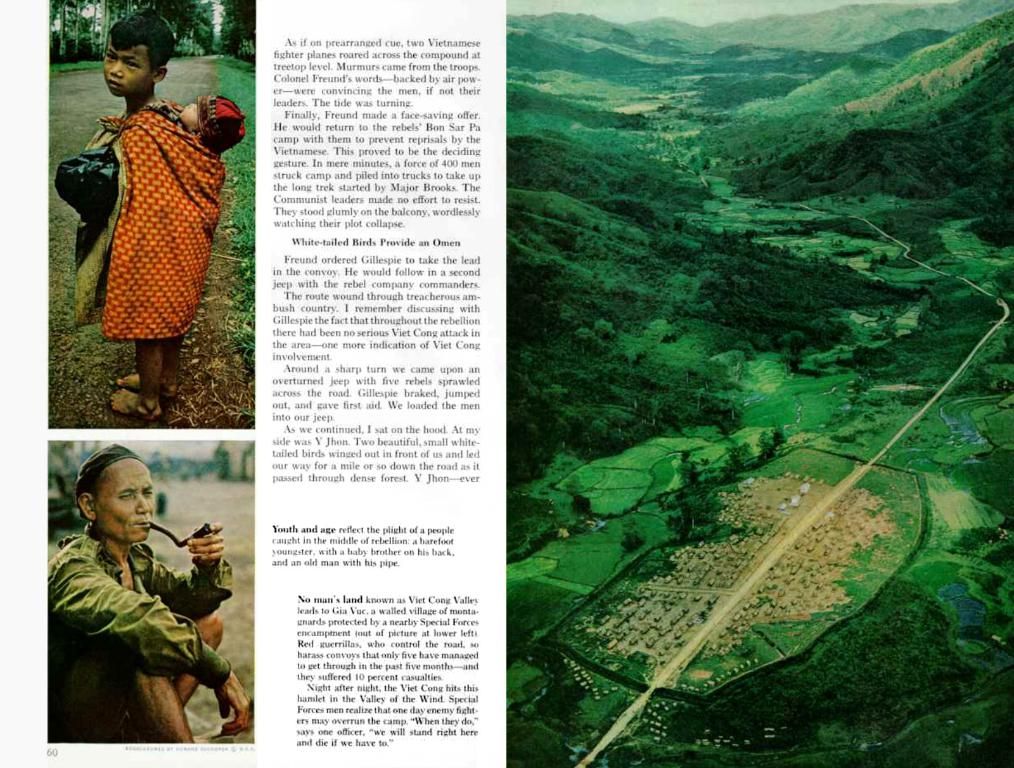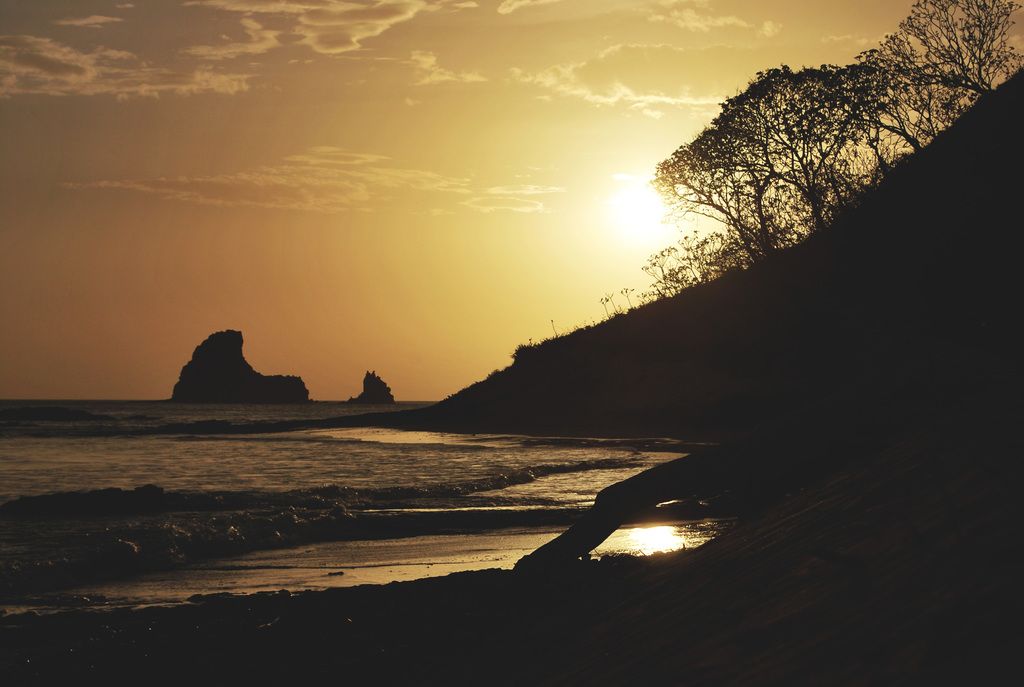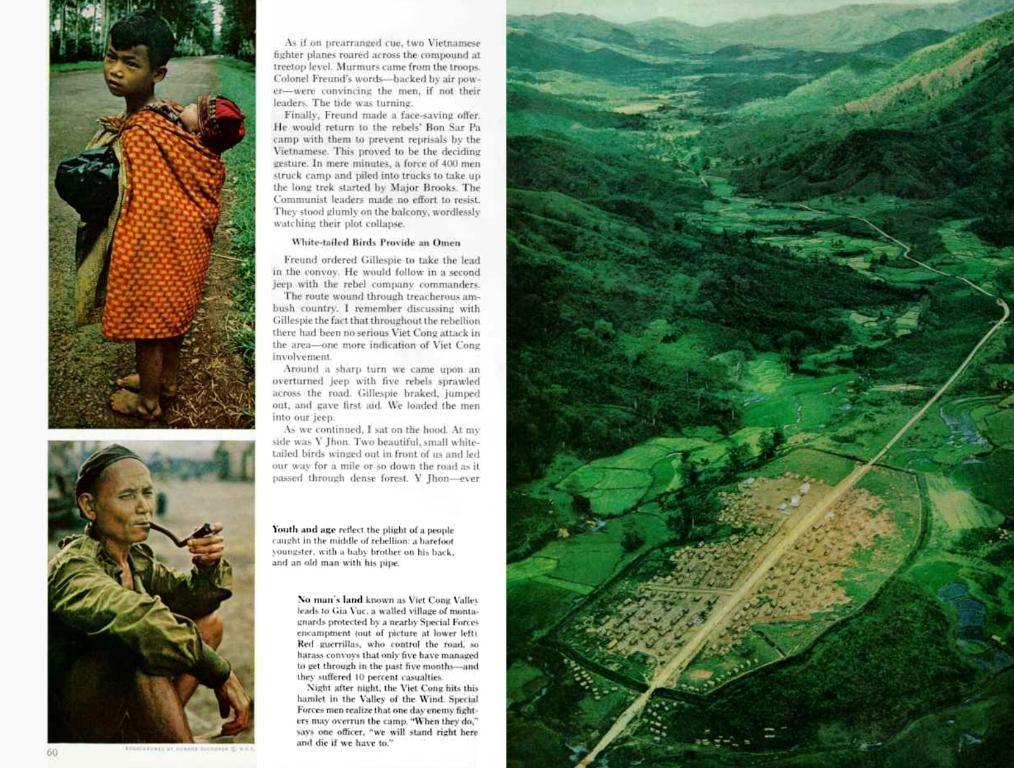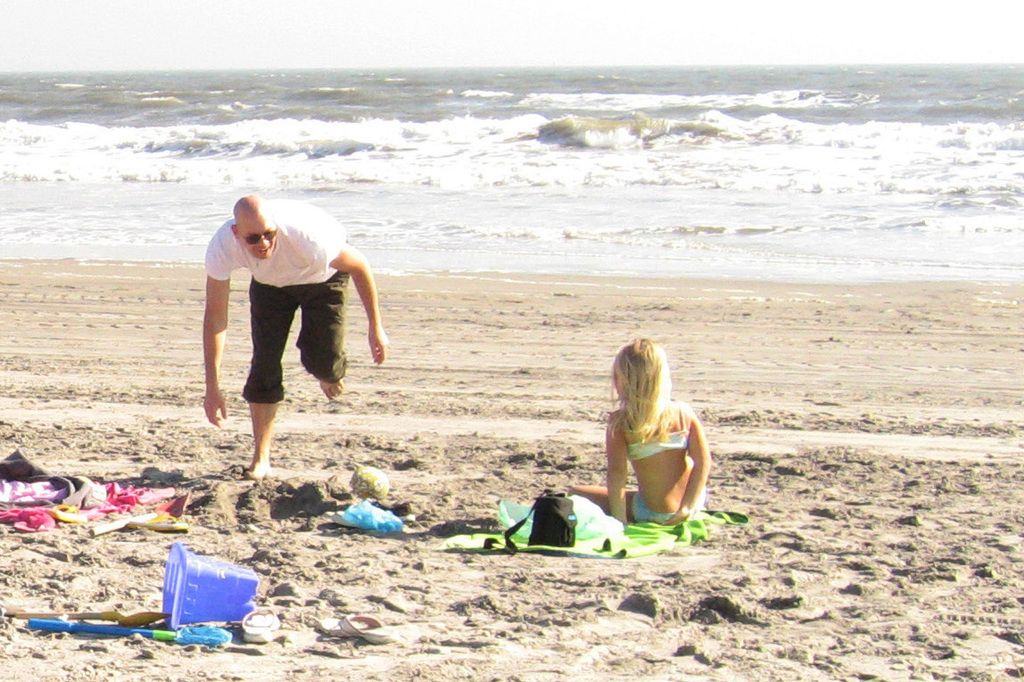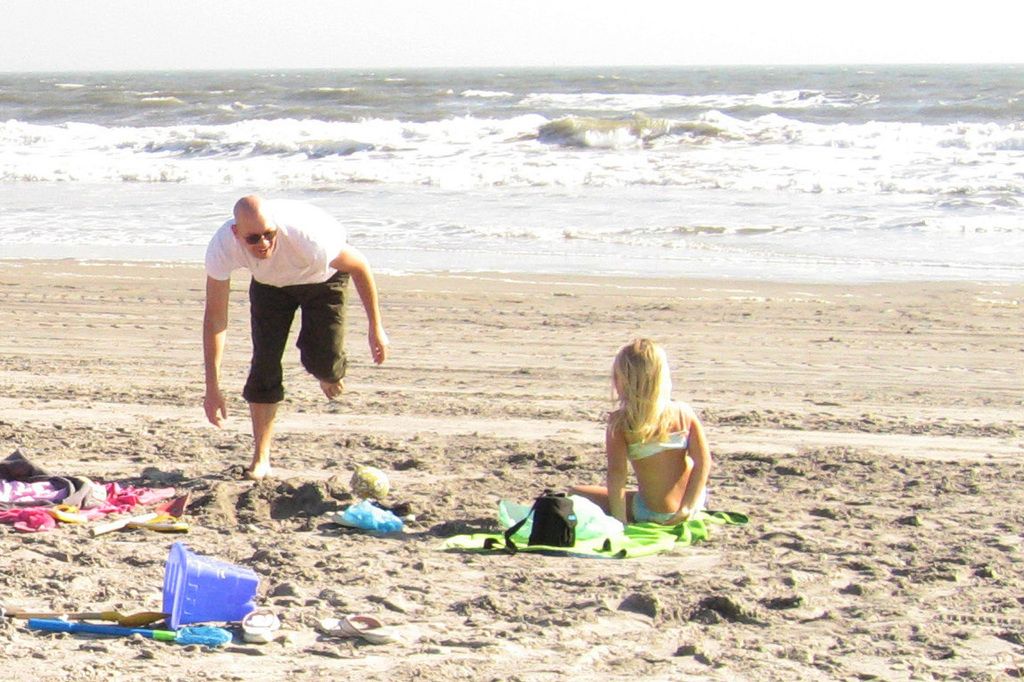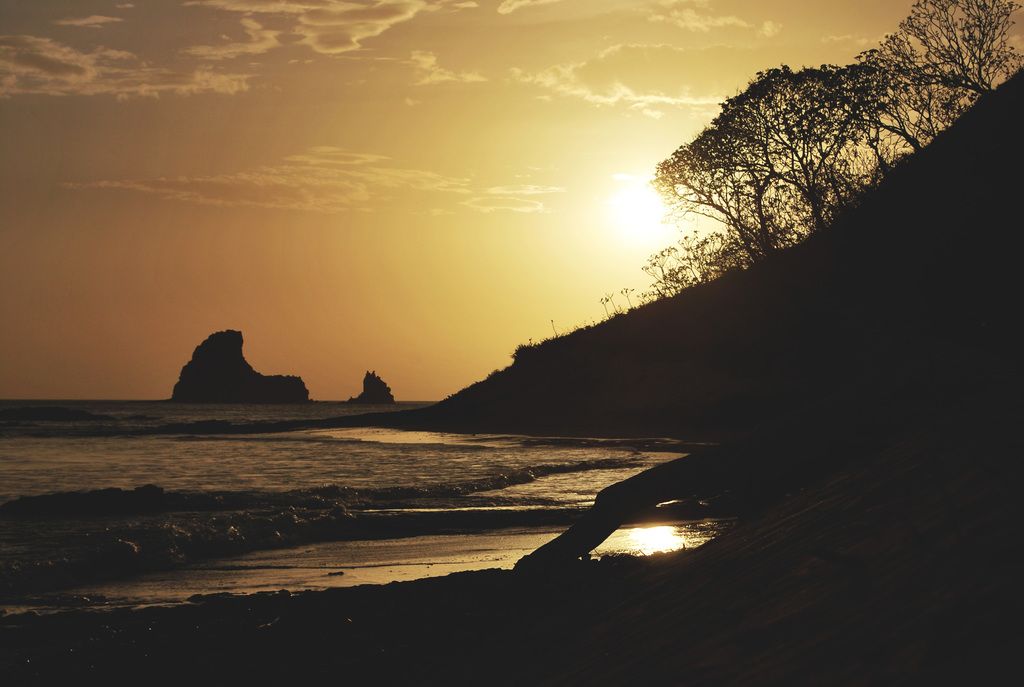Drones carry out goods delivery at Mount Everest - Drone-assisted Cargo Transports Dominate on Mount Everest
Tackling Mount Everest's challenging terrain has never been easier, thanks to our flying friends - drones! Whether for filming, data collection, or cargo transportation, these unmanned vehicles have become an indispensable asset in the Himalayas. They are being harnessed for everything from waste management to making climbing safer for climbers and Sherpas alike.
Take a glimpse into Raj Bikram Maharjan's Airlift Technology in Kathmandu, where drones are now the new MVPs, carrying essential supplies such as ladders, tents, ropes, and oxygen bottles. What used to take Sherpas seven hours now only takes them seven minutes, making the climb not only quicker but also more manageable.
Two FlyCart 30 drones, designed by Chinese manufacturers, zip between the Mount Everest base camp and Camp 1, situated above 6,000 meters. They assist the helpful Sherpa teams who guide hundreds of climbers from all over the world each season to the Everest summit. The numbers are high, but the advantages are clear - reduced trips through the treacherous Khumbu Icefall, where the ice towers and crevasses pose enormous risks.
Thanks to a partnership between the Khumbu Pasang Lhamu municipality and DJI, drones were introduced for waste disposal. After successfully passing their trial phase in spring 2024, they were then handed over to Airlift. As Mingma Chhiri Sherpa, the mayor of the municipality, points out, "since the pilot project, we have brought down hundreds of kilograms of waste from Everest and Ama Dablam."
Not only can drones carry up to 40 kilograms of cargo for nine minutes with battery power, but they can also tackle more challenging altitudes than ever. While performance drops significantly at higher altitudes, drone activities are steadily increasing, with more and more missions undertaken each day.
Last year, drones brought oxygen bottles to Camp 1 and carried waste back down. This year, they have also been employed to create 3D mapping of the Khumbu Icefall, helping to identify dangerous crevasses and find safer routes. "With every load they carry up, they reduce the back and forth of laborers through the dangerous Khumbu Icefall," says Lukas Furtenbach, an expedition organizer.
The use of drones raises concerns over employment opportunities for Sherpas. Operators have taken these fears into account. As Maharjan explains, "the Sherpas are very happy about it. Due to the natural hazards, many do not want to work in the Khumbu Icefall. They are glad that the work can be done by drones."
German mountaineer Jost Kobusch prefers the quiet hum of drones over the noisy roar of helicopters, often used for filming. "Drones are a better choice in this specific field of use," he says. "Drones such as FlyCart 30 can fly up to 40 kg of cargo, while a helicopter carries roughly the same amount but brings noise pollution as well."
In contrast to donkeys and yaks, our beloved traditional forms of transport, drones are here to stay! While they do come with a higher price tag (around $50,000 per unit), innovative technology and expanding partnerships show a bright future for these flying robots on Everest and beyond.
Bonus Insights
- Naresh Gahatraj, the founder of Cimex Inc., is working on creating drones designed to work in extreme altitudes.
- DJI has teamed up with BYD to launch a drone-powered waste removal campaign in Nepal.
- The ever-evolving drone market continues to expand, promising more efficient and eco-friendly solutions for mountainous regions.
[1] Shrestha, S., & Reid, J. (2023). Sherpas: The People of Everest. Routledge.[2] Funk, A. C., & McGehee, P. (2020). High on the Roof of the World: Decades of Climbing and Exploring on Mount Everest. Skyhorse Publishing.[3] Cimex Inc. (2024, May 19). Deployment of Drones for Waste Management on Mount Everest. Press Release.[4] Li, L., & Ma, X. (2024, June 15). "Drones for Good" – DJI and BYD Collaborate on Waste Management Initiative in Nepal. DJI Blog.
- The Commission, in light of the advancements in technology and its application for the safety of workers on Mount Everest, has also been asked to submit a proposal for a directive on the approximation of the laws of the Member States relating to the protection of workers from the risks related to the use of drones, as these aircraft are becoming increasingly common in the Himalayas.
- As the use of drones for various purposes, such as data collection, cargo transportation, and waste management, continue to revolutionize the industry, one can envision a future where these unmanned gadgets not only dominate the skies of Everest but also find their way into the realm of sports, providing new opportunities for competition and innovation.
